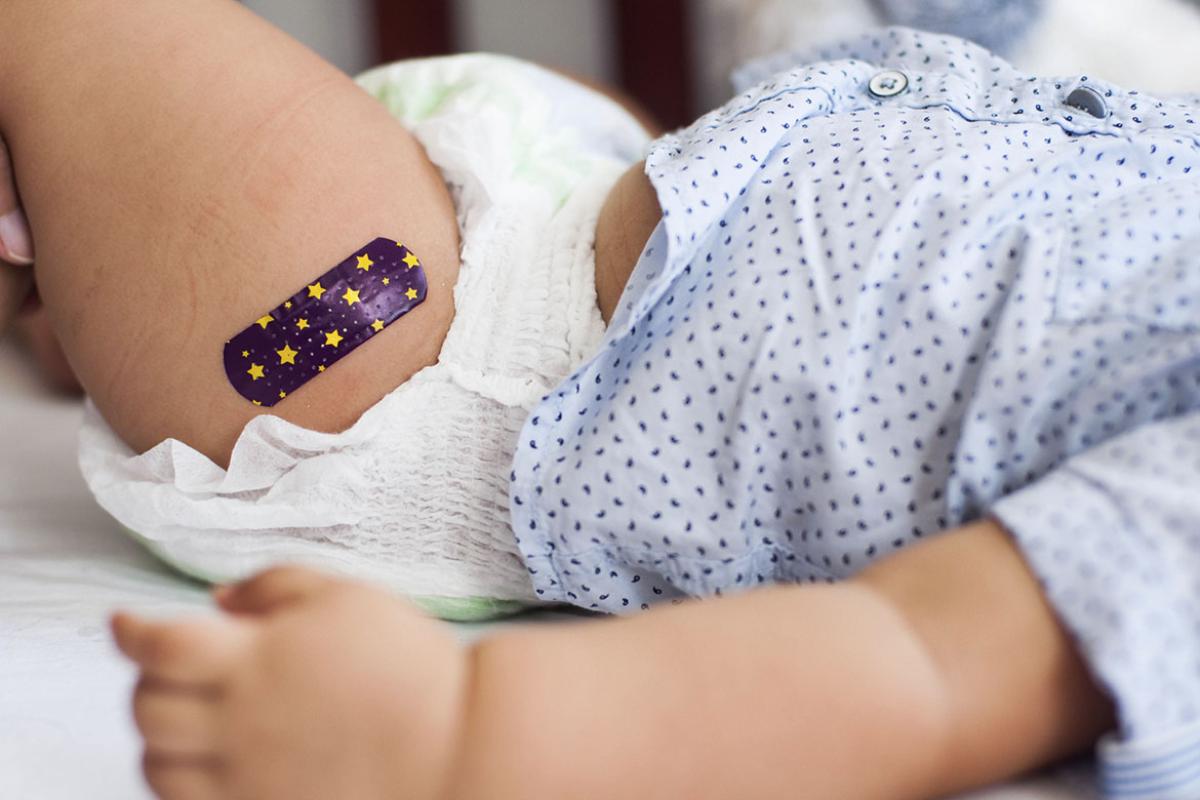What a difference a year can make. Little more than 12 months ago, telemedicine made up a tiny fraction of the medical education curriculum at Johns Hopkins School of Medicine. Today, it’s a cornerstone.
During a panel discussion at ChangeMedEd® 2021, Brian T. Garibaldi, MD, MEHP, associate professor of medicine at Johns Hopkins School of Medicine, outlined a formative assessment that quickly and successfully switched from in-person visits to virtual visits.
ChangeMedEd is the AMA Accelerating Change in Medical Education initiative’s national conference, which brings together innovative leaders from institutions across the medical education continuum to reimagine the way future physicians are trained.
Getting back to basics
“There's great evidence that our trainees spend as much as half of their time during a clinical shift in front of the electronic health record,” Dr. Garibaldi said. “As we spend less time in direct contact with patients, skills that can only be practiced in front of the patients and in their presence have declined over the last 50 years.”
One of the upshots of this shift, he noted, is an increase in diagnostic errors. As recently as 2016, the National Academy of Medicine estimated there were 18 million diagnostic errors each year in the U.S. About half the errors are related to physical exams, or the lack of them.
Progress before the pandemic
Johns Hopkins had been working on improving physical exam skills prior to the COVID-19 pandemic with a project called Assessment of Physical Exam and Communication Skills (APECS), which enabled interns to examine real patients with real findings in front of faculty members who had already examined the patients.
It was part of a larger project funded by the AMA Reimagining Residency initiative performed in partnership with Stanford University School of Medicine and the University of Alabama at Birmingham Heersink School of Medicine. The goal is to improve clinical skill, understand ways to reduce resident stress and burnout, and increase professional fulfillment.
In each case, faculty had agreed on the findings present in the history and physical and what they expected a graduating resident to be able to detect and understand. Immediately after the assessment, interns received feedback from faculty and patients.
But during the pandemic, opportunities for doing APECS in person vanished. At the same time, telemedicine visits exploded—from fewer than 550 in the six months prior to the pandemic to more than 600,000 in the last year.
Challenge is opportunity
“We had no shared understanding of what a telemedicine visit should be,” Dr. Garibaldi said. “We also had no real understanding of what we should be able to accomplish with a telemedicine physical exam. So, we pivoted our APECS assessment to include telemedicine—or to actually just be telemedicine.”
When it was run in person, APECS had featured five stations and eight patients, seven of whom were real patients. A new telemedicine version features a four-station assessment with four real patients, each of whom has real findings on history and physical examination.
Each encounter takes up to 20 minutes. The intern then presents the findings to faculty members who already have performed a telemedicine visit with the patient and agreed which findings were present. The intern then rotates back through each station and receives interactive, directed, targeted feedback to enhance their telemedicine skills.
Reimagining results
The value of the project is evidenced in the feedback learners have given. For example, one resident wrote, “This was one of the very few instances where I was watched going through the full encounter and given feedback on it in a timely manner.”
But telemedicine APECS hasn’t just closed physical distances between patients and physicians, Dr. Garibaldi said. It has also given residents new insights into, and new perspectives on, patients’ lives.
“I was talking to one patient, and I noticed he had a banjo sitting next to him, kind of off to the side,” he remembered.
He then asked the patient about it, and the patient later pointed out that Dr. Garibaldi had a guitar showing in his home office. The two then enjoyed a jam session together over videoconference, during their clinical session.
“Our connection is much deeper than it would have been had he been in the office,” Dr. Garibaldi said.



